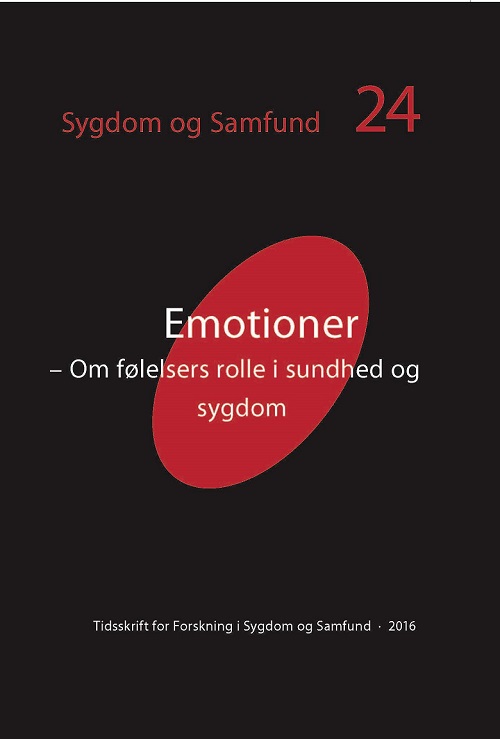Resumé
I samtaler mellem læge og patient er følelser og emotioner ofte i spil og har stor betydning for etablering af forståelse, også uden at blive italesat. I studier af læge-patientsamtaler er begreber og teorier for denne emotionelle forståelsesetablering sjældent inddraget. Vi præsenterer en mulig forklaringsmodel til forståelse af emotioner og følelser, nemlig mentaliseringsteorien. Vi redegør for teorien og for dens forskellige dimensioner og polariteter, herunder implicit mentalisering, som er særdeles vigtig for etablering af forståelse i forholdet mellem patient og behandler. Herudover redegør vi for det teoretiske fundament, som mentaliseringsteorien hævder at bygge på, nemlig Theory of Mind. Vi påviser, at dette fundament er utilstrækkeligt, især til at forklare den største del af mentaliseringsprocessen, nemlig den implicitte, automatiske, ofte nonverbale mentalisering. Vi hævder, at et fænomenologisk udgangspunkt i højere grad vil kunne redegøre for den umiddelbare interpersonelle forståelsesproces, som indgår i mentalisering. Den fænomenologiske forståelse inddrager kroppen som en vigtig del af forståelsesprocessen. Kroppen indgår også i mentaliseringsprocessen, men uden at denne forståelse forklares teoretisk. Desuden kan fænomenologien i højere grad redegøre for empati, som også udgør en stor del af mentaliseringsprocessen, men som forklares som en eksplicit aktivitet. Som psykologisk teori finder vi mentaliseringsteorien meget anvendelig til at belyse forståelsesprocesser i interaktionen mellem læge og patient, og mellem behandler og patient i det hele taget. Men den grundlæggende tankemæssige forståelsesramme bør reformuleres. Mentalisering kan trænes og vil kunne studeres, men der er behov for at anvende interaktionsstudier for også at indfange de implicitte processer i mentalisering.
Mentalization Theory – shortcomings and possibilities.
In consultations between physician and patient feelings, and emotions are often in play and are important for establishing understanding, also when not articulated. In studies of doctor-patient communication concepts and theories addressing emotional understanding are rarely included. We present a possible explanation model for understanding emotions and feelings, viz. mentalization theory. We explain the theory and its different dimensions and polarities, including implicit mentalization which is highly important for establishing understanding between patient and professional. We also explain the theoretical foundation which mentalization theory claims to rely on, viz. Theory of Mind. We show that this foundation is insufficient, especially in relation to providing explanation for the main part of the mentalizing process, the implicit, automatic, often non-verbal mentalizing. We claim that a phenomenological basis could support the immediate, interpersonal process of understanding involved in mentalizing. Phenomenological understanding includes the body as an important part of understanding other persons. The body is also included in mentalizing, but this is not accounted for theoretically. Furthermore, phenomenology accounts more adequately for empathy which represents a substantial part of mentalizing, but regarded as an explicit activity. We consider mentalization a psychological theory that is very useful in shedding light on processes of understanding in consultations between physician and patient, and between professional and patient in general. However, the underlying philosophical frame of reference should be reformulated. Mentalizing can be trained and can be studied, but there is a need to apply interactional studies to capture the implicit mentalizing processes.


